Is this the end of conventional artillery warfare?
Counter-battery technology has been evolving since the First World War, writes Steven Cutts. Now this hi-tech weaponry is playing a key role in slowing Russia’s invasion of Ukraine

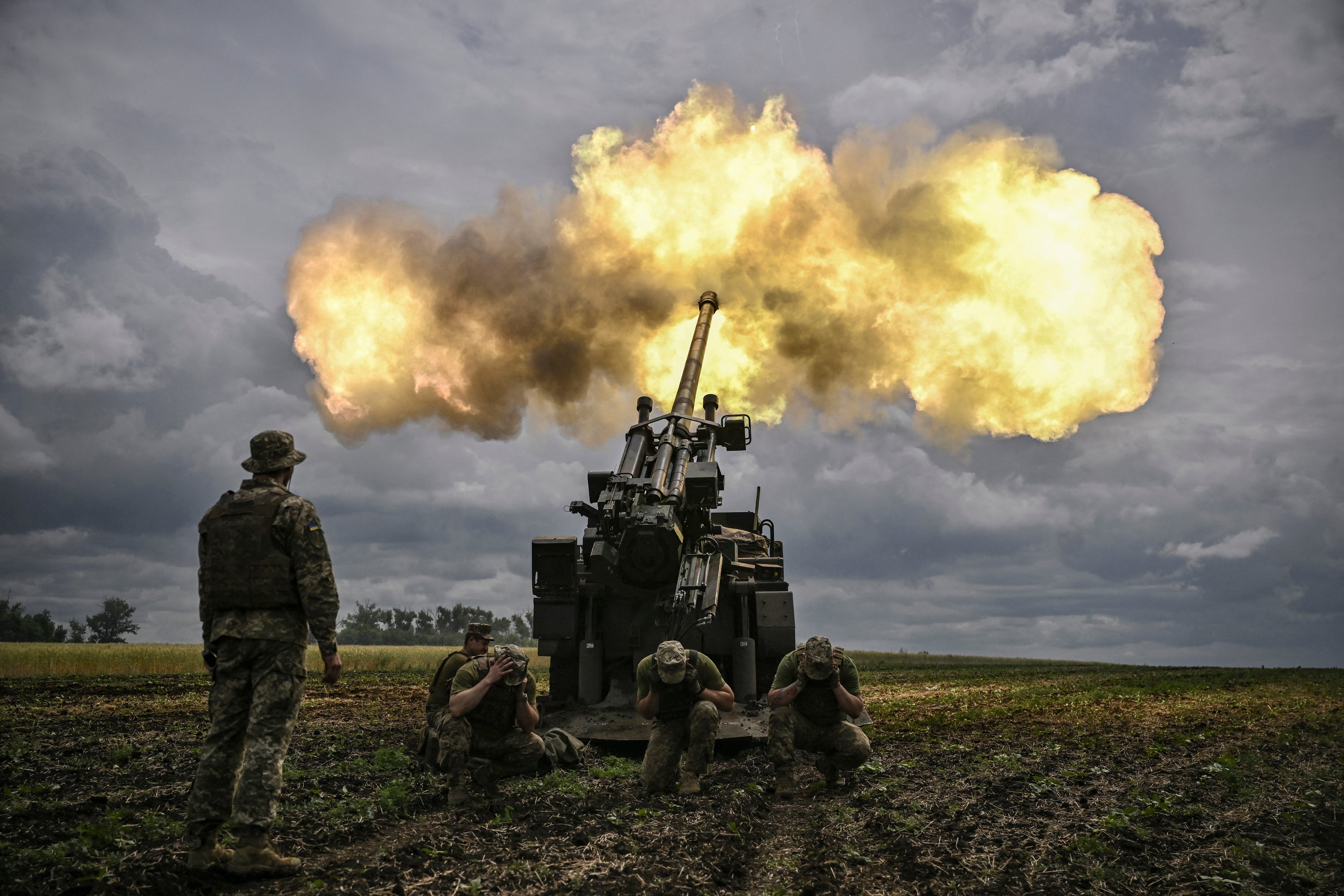
During the current Ukraine conflict, a number of hi-tech weapons have been given to the Ukrainian military by American and European governments. Nato intelligence services are having a field day, testing one state-of-the-art weapons system after another in the only arena that really matters: the battlefield. Among the systems now under scrutiny are counter-battery fire, a tactic and technology that has been in a process of continuous evolution since the beginning of the First World War. As I write these words, it is one of the few factors holding back Vladimir Putin’s advance from the east.
It has its origins in the dark days of the Western Front where rival armies were trying to destroy one another using industrialised warfare on a massive scale. Aerial photographs from that era show a battlefield crated like the Moon. At this stage, most artillery fire was zonal with the crews firing shell after shell from a static position, hoping to destroy their enemies by attrition.
Then something else happened. A series of new technologies evolved that enabled the army to calculate the exact position of the enemy batteries. At first sight, when an enemy cannon fires a shell at you, it’s time to take cover. Most likely, this is merely the first of a whole series of shells and if the first shot doesn’t kill you, one or two of the following 100 shells might do more damage.
However, with the advent of counter-battery technology, the enemy’s first shot begins to represent something else. It became a message – sent inadvertently – to the British army and it revealed the exact position of the German artillery. Quite early on in the campaign, soldiers looked through binoculars waiting for a specific flash. As soon as it came, they started waiting for the actual bang. Since sound travels at around 343m/s, it was now possible to identify the distance between the observer and the gun plus the actual direction from which it had come.
In the early stages of the war, people actually used stopwatches to do this but in time, the Australian physicist William Bragg developed a more modern approach in which an electronic device was linked to two or three microphones placed in specific locations. Bragg’s Corporal – also a physicist – managed to invent a special microphone that picked up on the low-frequency roar of the enemy cannons helping to distinguish that sound from the supersonic scream of the actual shell. It was now possible to identify the position of the enemy artillery to within plus or minus 25m, thus allowing friendly artillery to fire back and destroy the enemy guns.
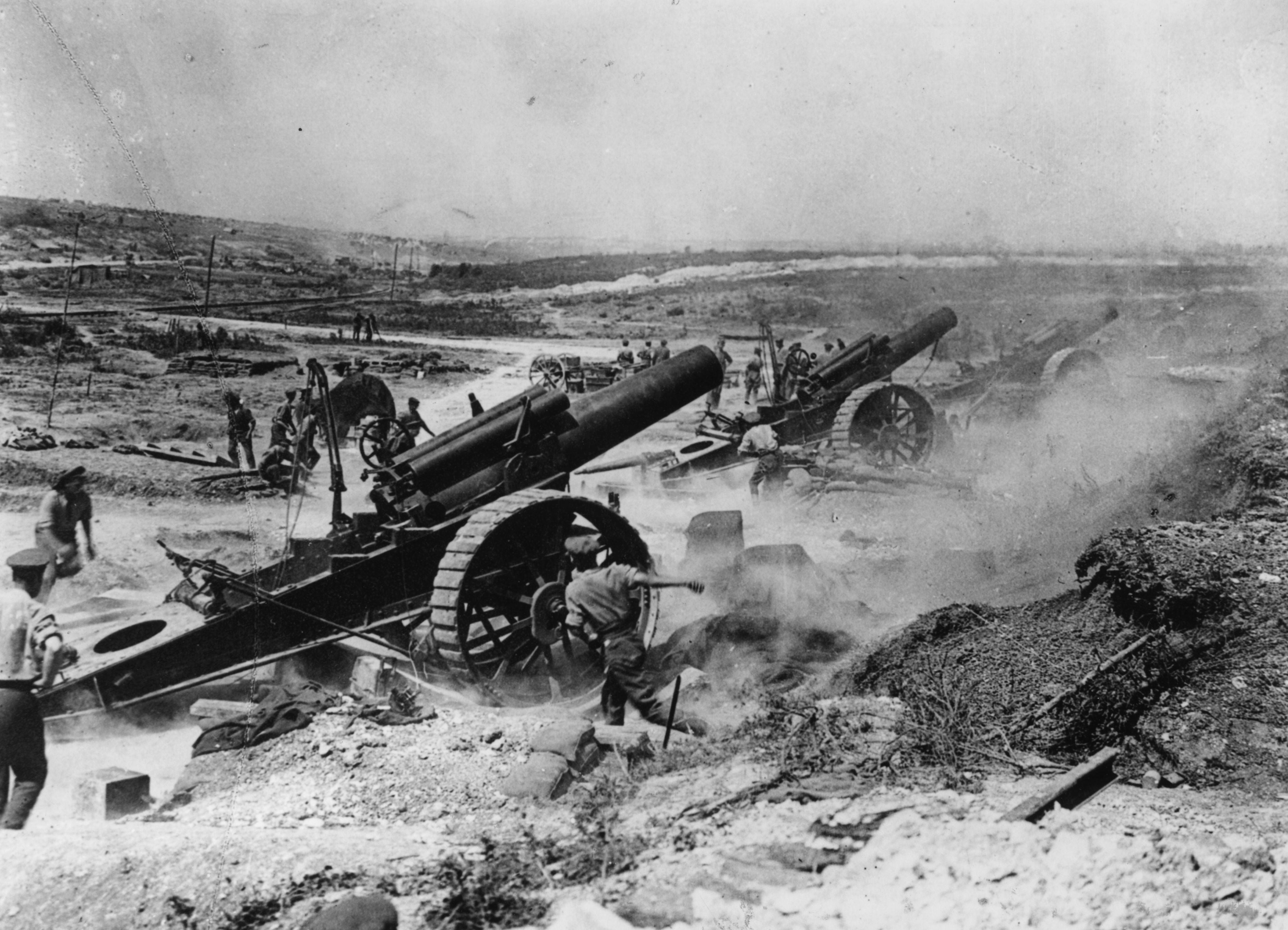
This kind of technique didn’t work as well when the enemy decided to fire a whole row of cannons at the same time. There were also distortions created by changes in wind direction and air temperature. But by the beginning of the Second World War, both sides were equipped with radar and most modern counter batteries use radar to detect the enemy and not acoustics.
In the closing stages of the war, the Germans introduced the V2 rocket and began to deliver a metric tonne of high explosives to randomly chosen streets in London without warning. A war that had begun with soldiers trying to defend Poland on horseback was coming to a climax with Buck Rodgers-style rocket-propelled missiles and electronic detection systems that belonged to another age. The system is so advanced that when the British first heard about it they dismissed it as disinformation. There was simply no way that the Germans could have developed such a fabulously advanced weapon in the five or six years that had passed by since the start of the war.
As the enemy fires its first shell towards you, it’s important to pick up the actual shell in mid-flight and use computers to calculate the location of the actual cannon that is trying to blow you to smithereens
Luckily for the British, the V2 was too late to make any real difference to the outcome of the war but the Germans had enough of them to kill a few thousand people in London and scare the hell out its long-suffering population. Worse still, the V2 was impossible to intercept. At first sight, it ought to have been possible to bomb the launch sites but the Germans had already thought of this. The missile was designed to be fired from a mobile launch system. German troops would drive each missile to a pre-determined location in a farmer’s field and fire it across the channel. A short while later, they would be back on the road, driving back to base camp, ready to receive the next missile.
From the RAF’s perspective, there was simply no constant launch pad to bomb. Desperate to hit back, the British tried to pick up the V2 on radar and actually plot the trajectory of the missile as it advanced towards the capital. Given that the amount of fuel in the rocket was predictable and the thrust provided by its engine was already known, it ought to have been possible to extrapolate backwards and calculate the exact location of the launch site whilst the missile was still in the air. Marauding Mosquito bombers might then be contacted by radio with the coordinates for the launch sites before the Germans had time to pack up and leave.
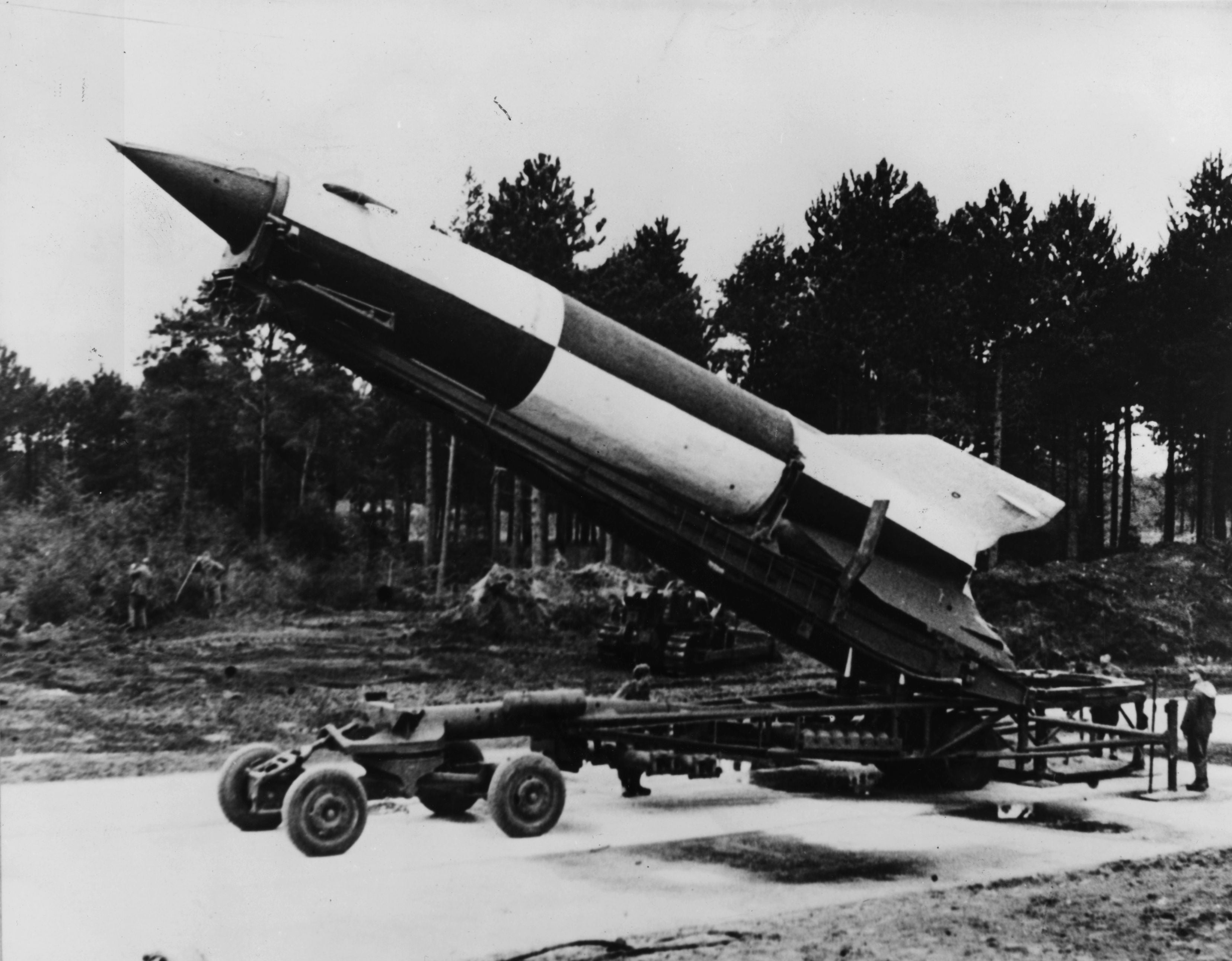
It was a heroic effort that deserved to work but the influence of the changing winds and atmospheric pressure at high altitude led to too many errors and ultimately, the approach was unsuccessful.
Both acoustic and radar systems were used in the Second World War by allied armies to detect the position of German and Japanese artillery. Pretty soon, this approach became so effective that the enemy caught on to our tactics and decided to consciously change position before the British or Americans could figure out where they were. This led to a new tactic known as shoot and scoot – fire a few shells at your opponents and then drive away before the other side can determine your position. It was a technique used extensively by the Japanese army in the battle of Okinawa.
Needless to say, this sort of technology has advanced enormously since then and just a handful of modern counter batteries can do more damage than an entire row of cannons in the Second World War. Radar-guided counter batteries are standard equipment in most Nato armies although not every army in the world has access to the very latest equipment. Following Putin’s decision to invade Ukraine, countries sympathetic to the Ukrainian military have been delivering systems of this kind to the Ukrainians.
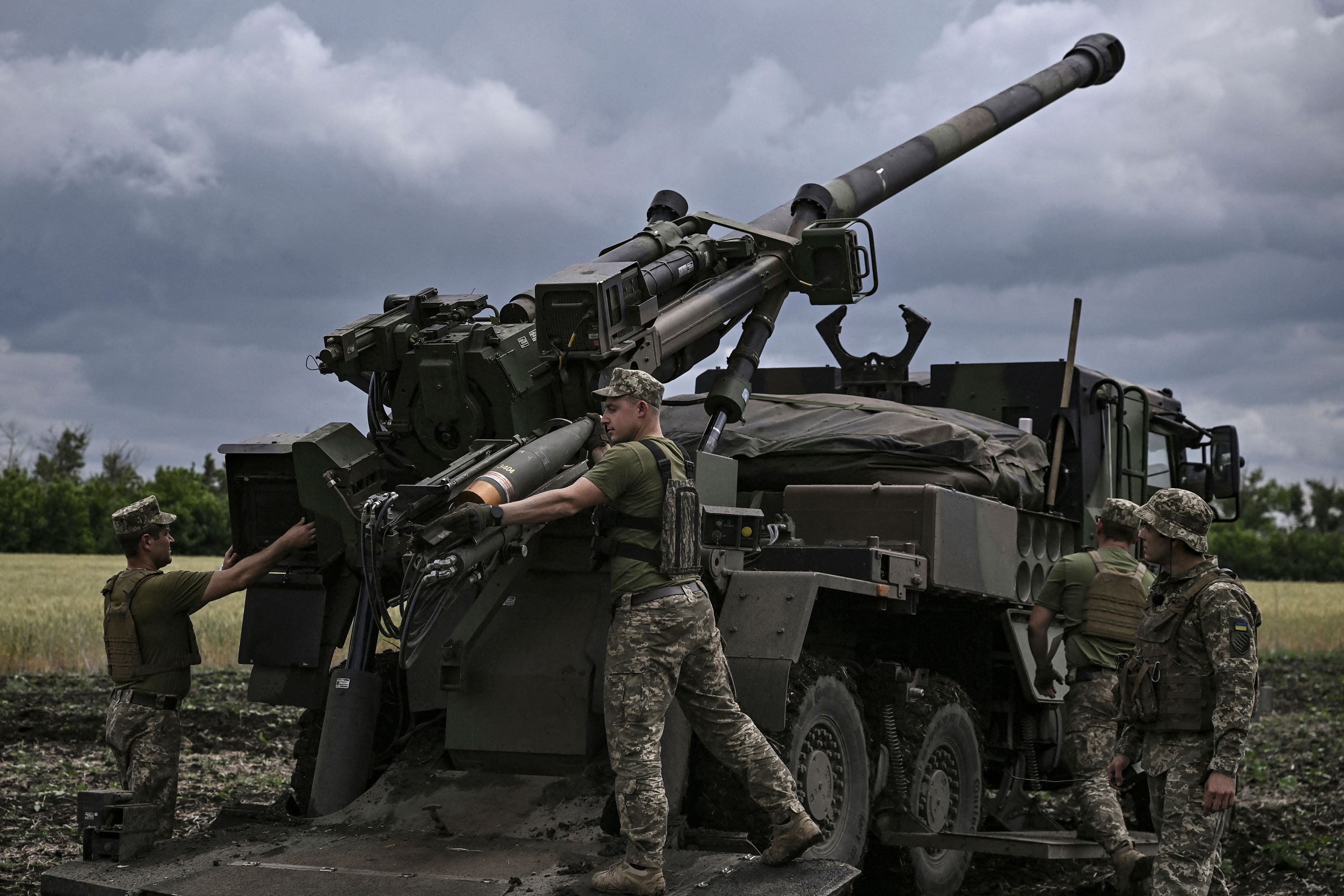
It appears that the next generation of counter-battery guns have done much to limit the advance of the Russian forces. France has given the massive howitzer by the name of Caesar and by many accounts it has already proved a game changer. The Caesar system uses a cannon with a diameter of 155mm and can fire at targets more than 26 miles away (or 31 miles with rocket-assisted shells). As a self-propelled gun, it can fire six rounds and move away within two minutes before the enemy can fire back. Whereas the soldiers in the Second World War used pieces of paper and improvised equipment to target enemies, the modern systems are augmented by silicon chips making them the most accurate they’ve ever been.
As the enemy fires its first shell towards you, it’s important to pick up the actual shell in mid-flight and use computers to calculate the location of the actual cannon that is trying to blow you to smithereens. In turn, the same computers can signal friendly artillery crews and instruct them on how to return fire directly on top of the cannon that has just fired at the Ukrainians. This technique has led to much shorter artillery duels between rival armies. Russian self-propelled guns now fire a short sequence of shells at an opponent and then cease and immediately start driving to a new and different location. The location you have just come from is about to be hit very hard by the Ukrainian counter batteries.
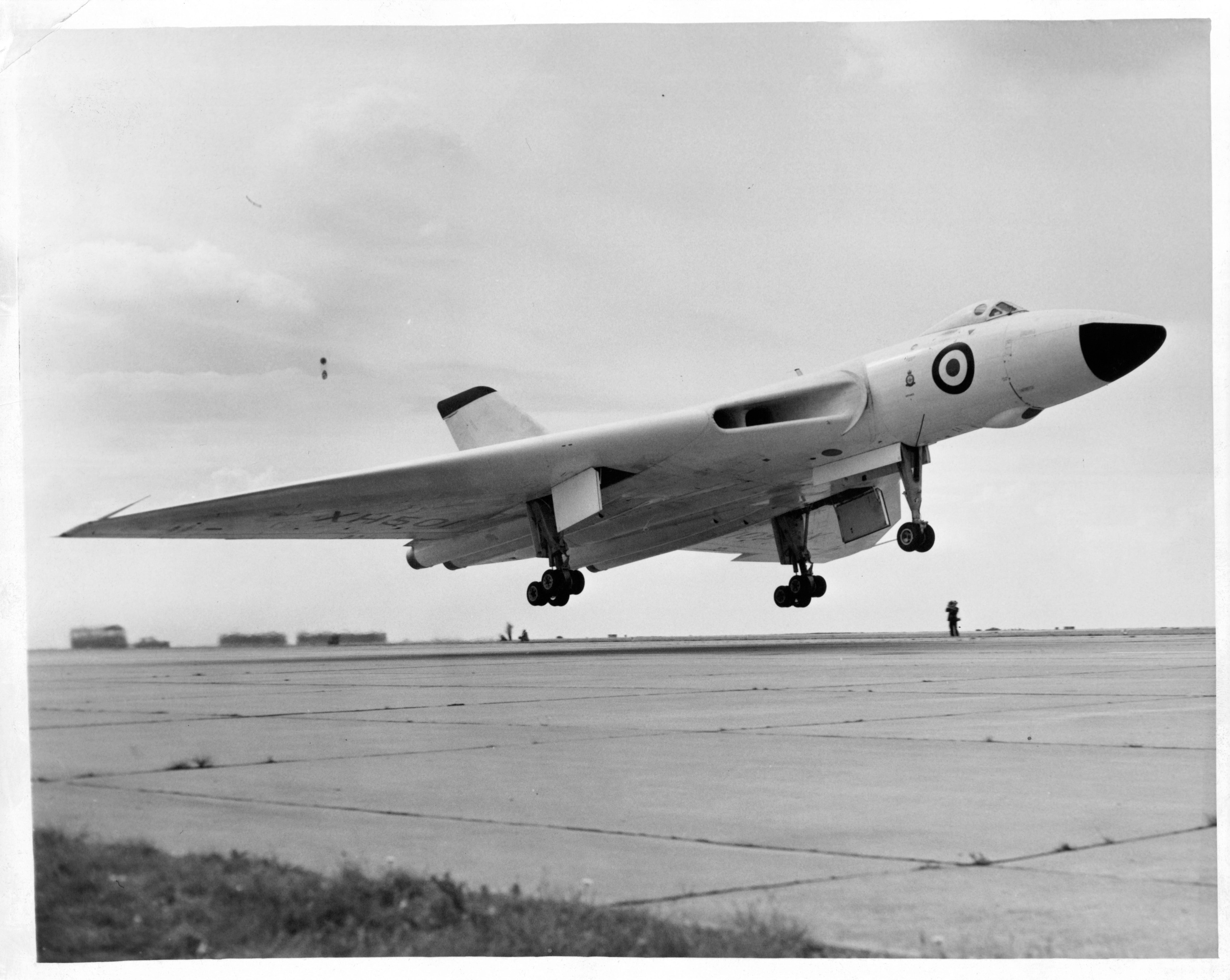
Another new tech involves continuous aerial observation of the enemy using drones. Visual location of the enemy artillery gives an enormous advantage to an army and has led a new industry in handheld weapons that might be effective against the drones themselves such as the Israeli-manufactured “Skybeam” a handheld weapon that the manufacturers claim is capable of disabling a drone up to 3km away. As one technology advances and appears to give a competitive advantage to one side, the other side develops a counter weapon to deny them that advantage. In turn, the Russian army has deployed a laser-based system to counter western drones being used to gain intelligence on their armies. It looks like digital electronics and modern radar has left the acoustic approach of the Second World War behind.
In spite of this, the idea of acoustic detection may be about to make a comeback. Remember, that when a soldier switches on the radar to search for an enemy cannon shell in flight he is actually using the shell to tell him the precise location of the artillery piece from whence it came. Firing a cannon shell at an opponent is no longer just a means of attacking the enemy, it might also represent a way of telling your enemy exactly where you are. As long ago as the conflict in the Falklands, the RAF was able to destroy an Argentine radar system using an air-launched missile, fired from a Vulcan bomber. The missile picked up on the radar signal and followed all the way into the actual radar antenna itself which was soon destroyed. In time, the Argentines began to understand what was happening and consciously turned the radar off when they first detected the Vulcan.
Similarly, the radar signal from the counter-battery is broadcasting the position of the radar to the people firing the cannon, assuming your opponent has the necessary tech to detect the radar signal. In contrast, a system that listens to an acoustic signal from the offensive cannon is a passive device that does little to reveal its own position. A number of armies around the world are now investing in acoustic detection systems to identify enemy artillery positions in wartime.
It’s been suggested that the American police force may deploy an acoustic system in some US cities. The system would inform a police car of the direction in which to travel to detect a firearm that has just fired. It would also tell you the distance between the police observation microphones and the active shooter. Whether or not this system proves useful in the fight against civilian crime remains to be seen.




Join our commenting forum
Join thought-provoking conversations, follow other Independent readers and see their replies
Comments